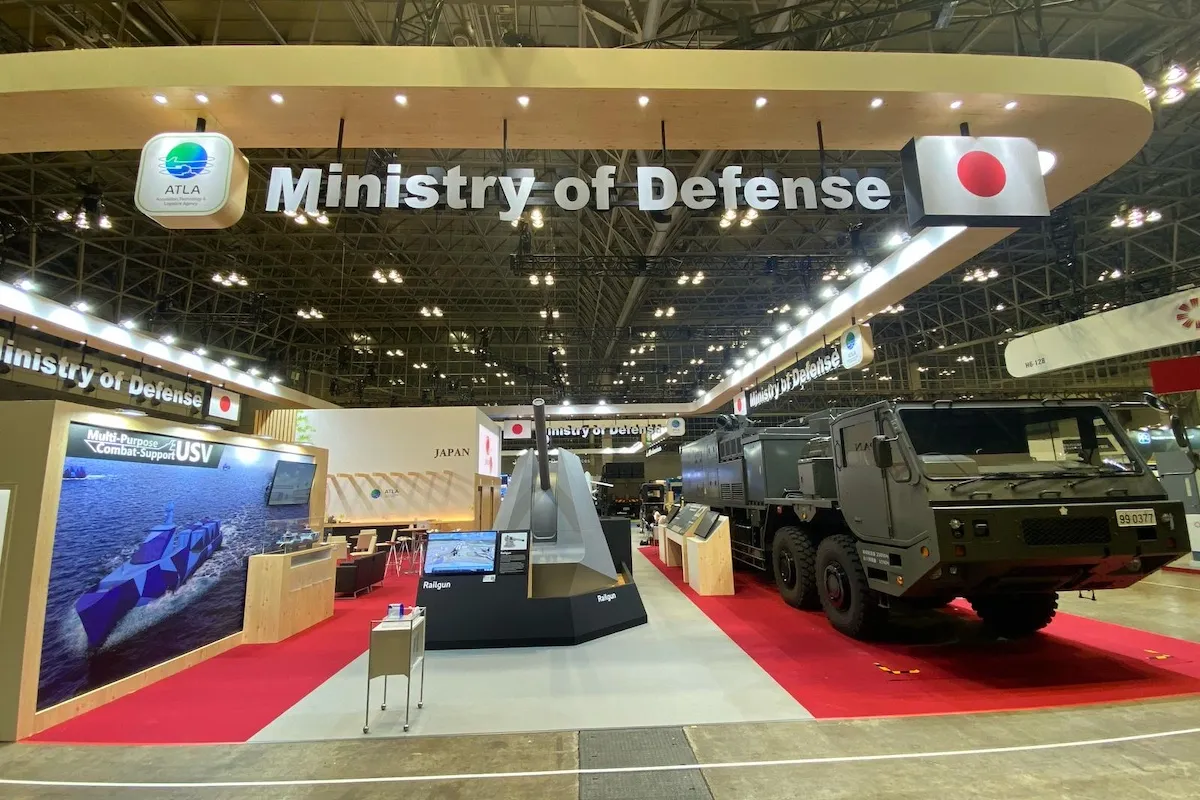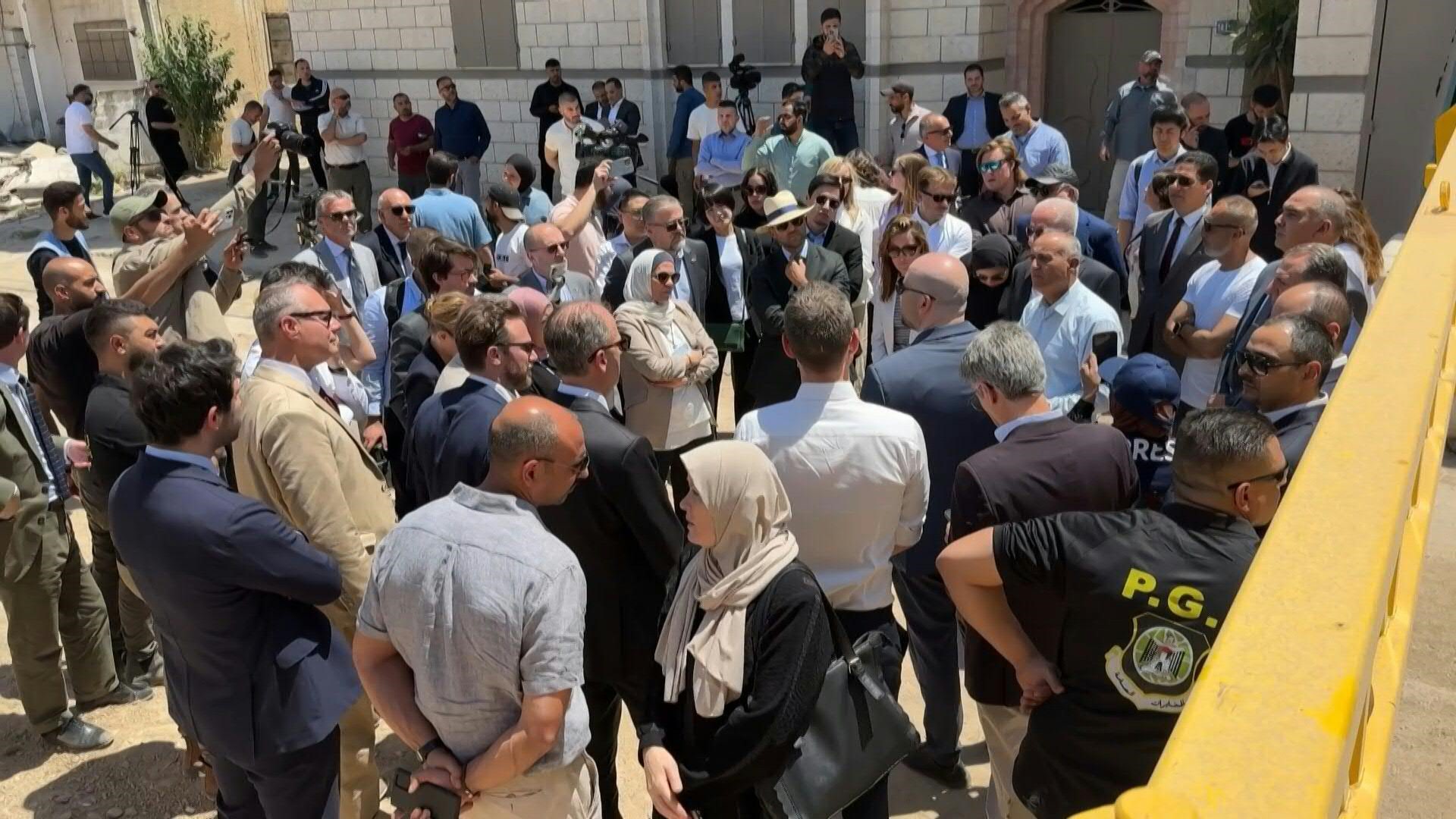Japan is showcasing its largest-ever display of military hardware and defense innovation at the 2025 Defense & Security Expo in Tokyo, signaling a dramatic shift in the country’s post-war security posture. The high-profile event comes amid growing regional tensions and Japan’s push to transform itself into a more assertive security player in the Indo-Pacific.
The expo features a broad range of cutting-edge military technology, including next-generation fighter jets, advanced missile defense systems, drones, cybersecurity tools, and autonomous armored vehicles. The centerpiece of the exhibition is Japan’s newly unveiled F-X stealth fighter prototype, developed domestically with support from British and American defense contractors.
Defense Minister Minoru Kihara, in his opening speech, stated that the expo underscores Japan’s “commitment to peace through strength” and the urgent need to counter growing threats from China, North Korea, and Russia. “We must be prepared to defend our democracy, our territory, and our allies. The security environment is more complex than ever before,” Kihara said.
More than 60 countries are participating in the event, either as exhibitors or observers, making it not only Japan’s largest defense expo, but one of the biggest in the Asia-Pacific region. Among the participants are major defense firms such as Mitsubishi Heavy Industries, Lockheed Martin, BAE Systems, and Thales.
Japan’s rapidly expanding military ambitions are being watched closely by its neighbors. Since revising its national security strategy in 2022, Japan has increased defense spending to 2% of GDP, ending decades of pacifist limitations imposed by its post-World War II constitution. The government insists the buildup is defensive and aligned with international norms, particularly as regional flashpoints—from the Taiwan Strait to the Korean Peninsula—escalate.
One of the expo’s highlights was a live demonstration of Japan’s upgraded Type-10 battle tanks and anti-ship missile batteries, designed to defend the country’s southwestern islands against potential incursions. A new hypersonic glide vehicle prototype, developed jointly with the United States, also attracted significant attention.
Analysts say the expo is not just a showcase of hardware, but a diplomatic signal. “Japan is showing the world—and especially China—that it is no longer just a quiet economic power,” said Takashi Kawakami, a security expert at Takushoku University. “This is a declaration of capability and intent.”
However, the event has not been without controversy. Peace groups protested outside the venue, accusing the government of undermining Japan’s pacifist constitution and feeding a regional arms race. “This expo glorifies weapons while the world calls for disarmament,” said one protester from the Article 9 Association, referencing the constitutional clause that renounces war.
China has also criticized the expo, warning that Japan’s militarization risks destabilizing the region. “History has taught us the dangers of militarist revivalism,” said a spokesperson from the Chinese Foreign Ministry, urging Tokyo to “act prudently.”
Despite criticism, Japan appears determined to continue its defense modernization drive. The expo has not only served to impress international partners and potential buyers but also to send a clear message of deterrence at a time when the rules-based order in Asia faces growing strain.
As Japan flexes its military muscle on an unprecedented scale, the balance of power in the Indo-Pacific continues to shift—with Tokyo now firmly stepping into a more prominent and assertive defense role.
Source: Asia Times



